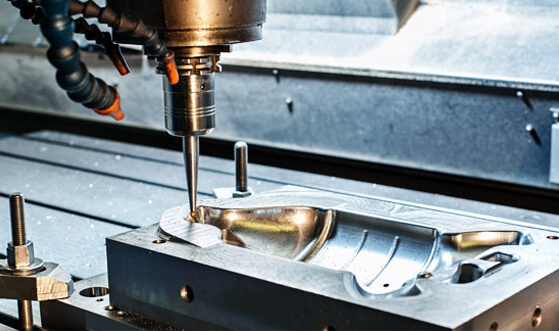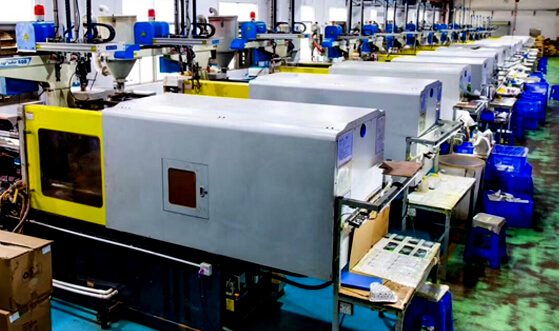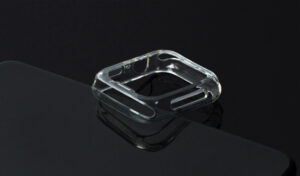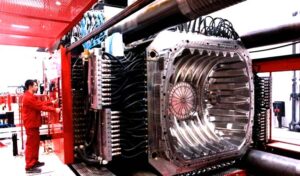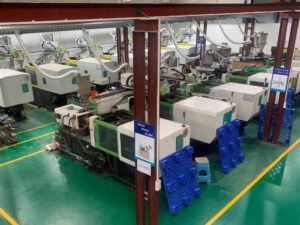The close relationship between injection speed and product quality makes it a key parameter in injection molding. By determining the beginning, middle and end of the filling speed segments and achieving a smooth transition from one set point to another, a stable melt surface velocity can be guaranteed to produce the desired molecular take-up and minimum internal stress.
We propose to use this speed segmentation principle as follows.
The velocity of the fluid surface should be constant.
Fast injection should be used to prevent the melt from freezing during the injection process.
The injection speed setting should take into account the fast filling in the critical area (e.g. flow channel) while slowing down at the inlet level.
The injection speed should be such that the cavity is filled and stopped immediately to prevent overfilling, flying edges and residual stresses.
The basis for setting speed segments must take into account the geometry of the mold, other flow limitations and instabilities.
The speed must be set with a clear understanding of the injection molding process and material knowledge, otherwise, the quality of the product will be difficult to control. Because the melt flow rate is difficult to measure directly, it can be indirectly deduced by measuring the screw forward speed, or cavity pressure (to make sure there is no leakage of the non-return valve).
Material properties are very important because polymers may degrade due to different stresses. Increasing the molding temperature may lead to intense oxidation and degradation of the chemical structure, but at the same time the degradation caused by shear becomes less because high temperatures reduce the viscosity of the material and decrease the shear stress. Undoubtedly, multi-stage injection rates degrees are useful for molding heat-sensitive materials such as PC, POM, UPVC and for their blending.
The geometry of the mold is also a determining factor.
Maximum injection speed required at thin walls
Thick-walled parts require slow-fast-slow type speed profile to avoid defects
In order to ensure that the part quality meets the standard, the injection speed setting should ensure that the melt front flow rate is constant. The melt flow rate is very important because it affects the molecular alignment direction and surface condition in the part
When the melt front reaches the cross area structure, it should slow down
For complex molds with radial diffusion, a balanced increase in melt throughput should be ensured
Long runners must be filled quickly to reduce cooling of the melt front, with the exception of injecting high-viscosity materials such as PC, where too fast a velocity can bring cold material into the cavity through the water inlet.
The operating procedures of the injection molding machine are as follows:
The operator must be familiar with and understand the function of each switch button on the operation panel of the equipment, and operate strictly in accordance with the operating procedures and precautions.
Open the cooling water valve before the machine is heated to start production, and observe whether the waterway is smooth.
Close the power switch on the side of the control box, turn on the power in the machine, and start the oil pump motor according to the motor start button on the panel.
After starting the oil pump for the first time and for the machine that has not been used for a long time, the machine should run empty for a few minutes before starting the operation.
Adjusting the injection speed can help eliminate defects caused by a slowdown in flow that occurs at the inlet level. As the melt passes through the nozzle and runner to the inlet, the surface of the melt front may have cooled and solidified, or the melt may stagnate due to a sudden narrowing of the runner until enough pressure is built up to push the melt through the inlet, which can cause a peak in pressure through the inlet.
You are interested in injection molding, please click here to learn more about it,Thank you!
